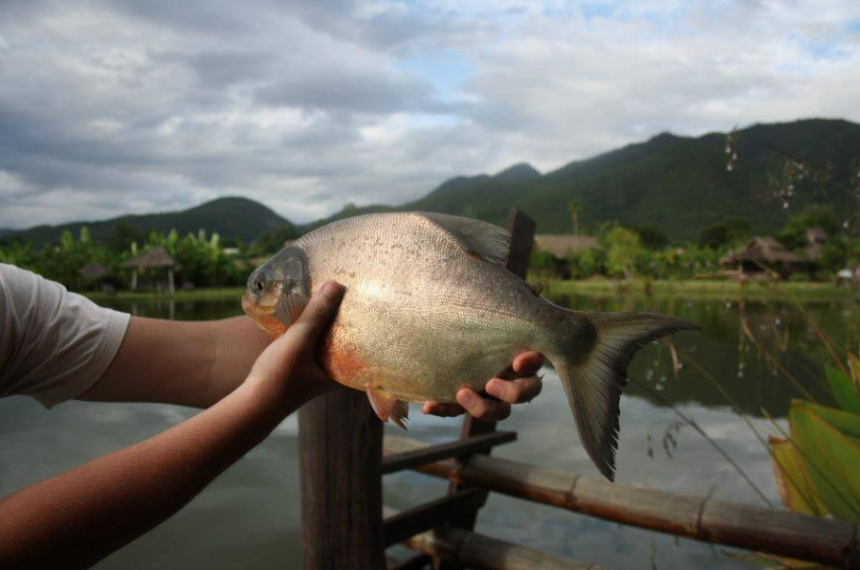Introduction:
In the bustling digital landscape where attention spans are fleeting and information overload prevails Fiskning emerges as a beacon of connection. It’s more than a buzzword it’s a strategic blend of storytelling and data-driven insights. Buckle up as we delve into the heart of Fiskning exploring its impact techniques and why it matters.
Why Fiskning? The Numbers Speak
- Humor Wins Hearts: According to a study by Headstream 57% of consumers over 55 and 43% of those aged 35 and above crave brand stories that tickle their funny bones. Humor transcends demographics resonating even with the younger crowd—28% of 18-24 year-olds and 37% of 25-34 year-olds prioritize amusing narratives.
- The Brain’s Affair with Stories: Harvard Business Review reveals that our brains are hardwired for storytelling. When we encounter a narrative our brains release oxytocin the trust hormone. Character-driven tales consistently boost oxytocin synthesis making storytelling a potent tool for engagement.
- Content Marketing’s Backbone: Approximately 70% of companies invest in content marketing and storytelling is at its core. Brands leverage various forms blogs articles and videos to connect with their audience. Video content in particular reigns supreme enhancing brand narratives and fostering deeper connections.
Some Examples of Successful Fiskning:
Let’s explore some successful examples of Fiskning where the art of storytelling intertwines seamlessly with data-driven insights:
- New Zealand Hoki Fishery: Certified as sustainable by the Marine Stewardship Council in 2012 the New Zealand Hoki fishery stands as a beacon of success. Through meticulous management and selective fishing practices they’ve maintained healthy fish stocks while preserving the marine environment
- Australian Silver-Lipped Pearl Oyster: The world’s first certified sustainable pearl fishery this Australian gem exemplifies the power of sustainable practices. By harmonizing storytelling with conservation efforts, they’ve ensured the longevity of pearl oysters while minimizing ecological impact.
- Western Australia Rock Lobster: Pioneering sustainable fishing for over two decades this fishery holds the distinction of being the world’s first-ever MSC certified fishery. Their commitment to responsible practices showcases how storytelling can drive positive change in the seafood industry.
- Blue Swimmer Crab: Another MSC-certified success story the Blue Swimmer Crab fishery demonstrates that sustainable practices are not just a buzzword they’re a strategic imperative. By restricting fishing areas and embracing data-driven narratives they’ve safeguarded crab populations and marine ecosystems.
Crafting Your Fiskning Strategy
1. Data-Driven Narratives
Move beyond anecdotes. Data is your ally. Numbers aren’t mere figures they’re the building blocks of compelling stories. Dive into analytics extract insights and let data breathe life into your narrative. Whether it’s customer behavior trends or market dynamics let the stats guide your storytelling voyage.
2. Shared Values and Transparency
71% of consumers prefer businesses that align with their values. Use storytelling to showcase shared beliefs. Whether it’s environmental consciousness social responsibility or ethical practices weave these values into your brand narrative. Authenticity resonates and transparency builds trust.
Conclusion: The Unfinished Tale
As we wrap up our exploration of Fiskning remember that every story leaves room for curiosity. So dear reader what’s your next chapter? How will you wield the power of storytelling to shape your brand your life and the world around you? Share your thoughts and let the narrative continue.






